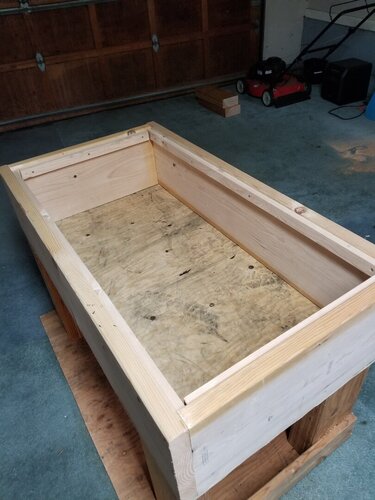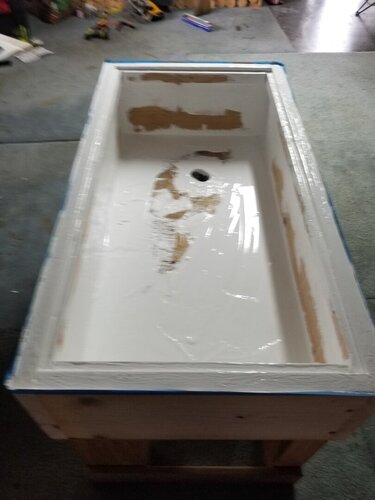Ceycham
Established Member
A little background: So here I am on my 3rd custom build....I'm never completely happy, although my last "furniture look" build is doing amazingly! It is a completely self built custom with a screen bottom and drains into a pan which funnels into a bucket. It was easy because all dimensions were custom made to fit my planned drainage system. However, now I'm looking for a fancier look, and decided to repurpose a really nice older curio cabinet. And because I am ME, I couldn't choose a simple piece. Instead I chose something not nearly deep enough, with lots of curved glass, no way to ventilate, and an odd rounded shape overall. I liked it so I'm calling it a challenge! This means I'm having to build out the back of the piece to give Norman more than the 10 inches of depth the curio comes with...which also gives me the opportunity to add ventilation on both sides and the back. I'm satisfied with my plans for that, though it's tricky. What I'm struggling with are drainage ideas. Right now I'm toying with draining into a narrow tray the length of the back and then funneling that down into a bucket below, but I need a way to tilt the water where I need it to go, and the odd shape rules out any repurposed trays on the bottom. Pond liner might solve my shape issues, but I wondered if anyone has experience using it?









